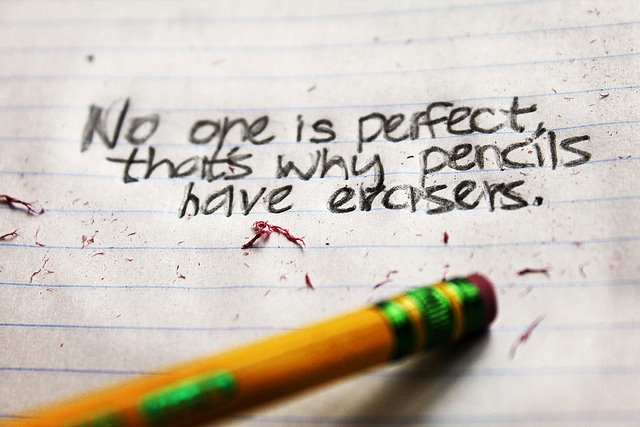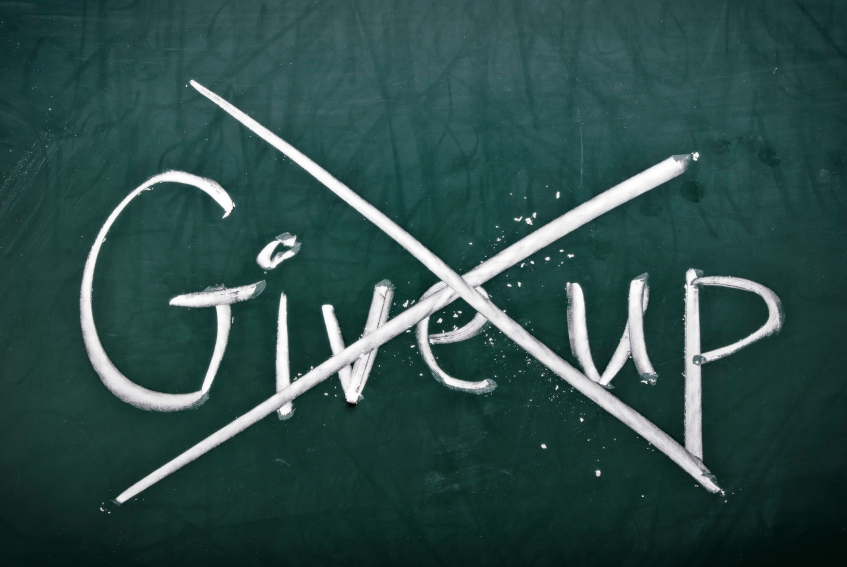What was the reaction you received the last time you told someone that you taught middle school?
Most people
will look at you with a mixture of awe and horror…then shake their heads and
say, “I could never do that.”
There is no
doubt about it. Middle school is a tough
place. Middle schoolers are known for
their acerbic tongues, rolling eyes, and zero tolerance for anything different. So is it impossible to teach them manners?
Knowing that
a middle school teacher will never shy away from a challenge…here are five tips
for infusing manners into your middle school environment.
Cotillion
We call it
Cotillion…perhaps you call it something else at your school – but it’s a series
of dance classes that teach basic dance steps.
The lovely thing about Cotillion is that it also teaches niceties such
as how to ask someone to dance, how to walk someone to her car, and how to
accept a dance.
You can also
have a formal etiquette class. Middle
school students, although they may act tough, can certainly see why it’s
important to know how to introduce people and use proper table manners.
Role Playing
Never
underestimate the impact of role playing.
Middle school students love it!
As a warm up
activity to monthly book talks, we practiced how a respectful audience
looks. What do YOU want to see when you
look out at your classmates? What do you
NOT want to see? Students practiced both
behaviors (with much laughing and hamming it up). This made it easier to establish what I
expected from the class when they were listening to their peers.
Absolutes
I love RonClark. (You have read his books, haven’t
you?) He establishes “essentials” in his
classroom. While you don’t need to adopt
all of his essentials, you can adopt one.
By creating an essential manner, your students will know what is and
isn’t acceptable behavior.
One of my
fellow teachers would say, “Respect the speaker.” That was all it took to settle her class and
remind them that someone was addressing the class. Of course, she had spent time discussing and
practicing what that looked like, but having a key phrase can call back prior
lessons on manners.
Netiquette
As our
students are more and more involved in online communities and communication, we
have to address this.
A way to foray
into the world of “netiquette” is to host a class blog. Student writing is open to a global audience.
Students can see the advantages of
proper online behavior (as well as spelling and grammar).
Set the Tone for Your Class
Be sure you are modeling your own manners...
- What is your school or classroom policy on cell phones? Do you follow it as well?
- Do you want your students to look you in the eye when they talk to you? Do you focus on them when they have a question or want to tell you something?
- Do you greet your students at the door each morning and expect a response in return. Do you greet your incoming students at the door and stand by the door as they leave?
- Do you show respect to your fellow teachers and not refer to them by their first name in front of students?
Choose some
important manners that you can model for your students. They will learn more from your example than
any list or rule book.
And...don't be afraid of insisting on "please" and "thank you."
Everyone can practice good manners...even those who excel at eye rolling!
Happiness always,




































